A new report claiming to understand Apple's supply chain has asserted that LG screens might be facing development issues as a second source for OLED displays on upcoming iPhones, based on Apple's higher than normal scrutiny of LG prototypes— and then strangely claims this issue is driving iPhone X prices so high that "some" are not buying it.
The Wall Street Journal report, with a byline of Yoko Kubota in Beijing and Takashi Mochizuki in Tokyo, and additional credit for Tripp Mickle in San Francisco (who recently— bizarrely— claimed iPhone X was selling poorly based on a fundamental lack of understanding of the phone industry and Apple's supply chain) described Apple's efforts to develop a second source for OLED screens (apart from its current sole supplier Samsung) as both a "struggle" and the reason why iPhone X carries a premium price.
A report mixing reality with fantasy
LG's inability to match Samsung in OLED competency is well known. Last fall, Google shipped two Pixel 2 models, one from HTC with a Samsung display and the other from LG with an LG display. Both had serious OLED screen issues, but the LG "XL" model was shockingly bad. Google shipped it anyway. Sales of both models were terrible. Nobody in the media seemed to care, and if anything, made excuses for Google— which shipped a faulty, inferior product with a high price tag.
But now that Apple is investigating LG as a potential OLED supplier, LG's inability to master OLED displays on the same level as Samsung has been recast as a big issue for iPhones— despite the fact that Apple already shipped iPhone X to great success using just one OLED supplier to ensure high-quality output.
According to the report, LG was supposedly tasked with building displays for about 20 percent of future iPhone models, with Samsung being relied upon for the other 80 percent. In reality, Apple constantly makes changes to its suppliers based on cost, capacity and competence, and in tandem with changes in demand across different regions globally.
Rumors of a supply cut with one supplier can not be accurately interpreted, as a history of false predictions by channel check analysts have demonstrated across the last decade.
Samsung's component expense blown out of proportion
The report also stated that Apple's single source for OLED screens would logically give Samsung higher pricing power, another obvious fact that has played out in other areas, including memory and other components where Samsung holds pricing power due to a lack of strong competition.
However, it also went out on a limb in stating that Samsung's control of the OLED market was "one reason for the iPhone X's steep $999 price tag, analysts said," before adding original conjecture that, "the price turned off some customers, causing demand to fall short of expectations and forcing Apple to cut orders for parts."
That conclusion is based entirely on the media narrative that claims Apple expected to build 40 million more iPhone X units in the March quarter than it did, a wildly implausible idea that Japan's Nikkei and the Wall Street Journal kept passing back and forth as the reason why iPhone X was selling "so poorly," even as the new model gobbled up over a third of all profits as the best selling smartphone model.
Both sites (and everyone copying their lede) also claimed that iPhone X's high price was hurting sales, despite the fact that demand for the new model (and the also-expensive iPhone 8) dramatically pushed up Apple's iPhone Average Selling Price. If a statically important number of buyers were against paying any premium for the new models, the ASP would obviously not have changed. That's just how math works. Claiming the opposite is just a lie.
BOM component estimates are nearly worthless
A reliable, competitive second supplier for iPhone-quality OLED panels would certainly help Apple bargain for better component prices. But the report takes external parts estimates as fact, despite a history of warnings from Apple executives that those third party figures are just ballpark guesswork, and are generally far lower than the actual component costs involved.
The Wall Street Journal report claimed that iPhone X's OLED display accounted for "about $97 out of $376 in total estimated cost per device," based on a parts breakdown report. That display cost would indeed be significantly higher than estimated costs of previous LCD screens, which Apple sources from multiple suppliers.
Display estimates for iPhone 7 and 8 models have suggested an LCD component cost closer to $50. Yet the screens' cost ratio to the entire iPhone BOM was only a few percentage points different. And even a nearly $50 difference component cost for the display would only result in a retail price difference of about twice that much, or around $100 of the final price. Suggesting that Samsung's OLED is the primary reason for iPhone X to be priced at $999 is ridiculous
iPhone X is priced $300 higher than the base iPhone 8. Suggesting that Samsung's OLED is the primary reason for iPhone X to be priced at $999 is ridiculous.
Apple's premium iPhone X model is more expensive for a number of larger reasons, including that fact that Apple spent billions to develop entirely unique new technology for the device, including its TrueDepth camera and all of the software required to support and market its Face ID features (including significantly rethinking the navigation behaviors of iOS).
Third-party component price estimates suggested that all of the development expenses related to Face ID are somehow covered by a "camera module" that costs $16.70, as if TrueDepth was available off the shelf and Apple just pushed a shopping cart through a Walmart and put 50 million into its basket (and then refused to buy another 40 million, because it ended up being so expensive that "some" ended up not buying it). This sort of reporting is not journalism. It's farcical nonsense.
Apple, OLED and micro-LED
Sourcing OLED displays from a limited number of manufacturers is among the least complex operational issues Apple faces in introducing iPhone X and other new phone models. Apple only has one supplier (TSMC) building its A-series chips. It only has two makers building cellular modems (Qualcomm and Intel, with Intel struggling like LG to keep up with the market leader) and it uses a variety of other components that are unique to a specific manufacturer.
Apple has single-sourced the base of its ARM and GPU intellectual property from the first iPhone. Starting in 2010 it began developing custom ARM designs. This year Apple released its own GPU design, which ended up being slightly better than the Imagination Technology GPU IP it had been relying upon. Apple is also reportedly working on internal analog and perhaps modem designs to similarly strip itself from dependence upon single outside suppliers. Those efforts are all vastly more complex than evaluating a second supplier of a nearly commodity component.
In the area of display technology, Apple's current OLED issues appear to be a short-term issue for the company. In the long term, the company is working on micro-LED, a different technology that promises to deliver important advantages to OLED. That development is a matter of concern to both Samsung and LG. The Wall Street Journal didn't mention that.
 Daniel Eran Dilger
Daniel Eran Dilger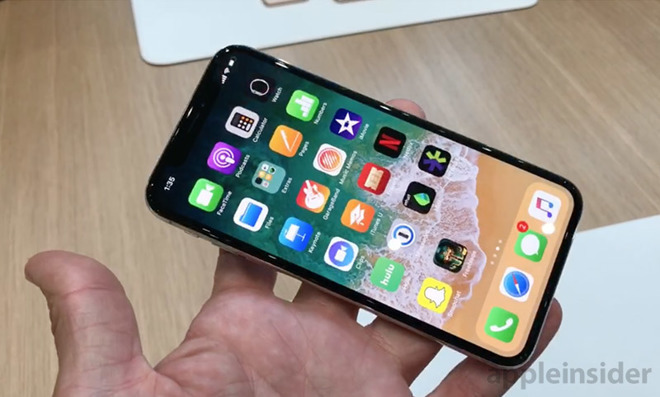
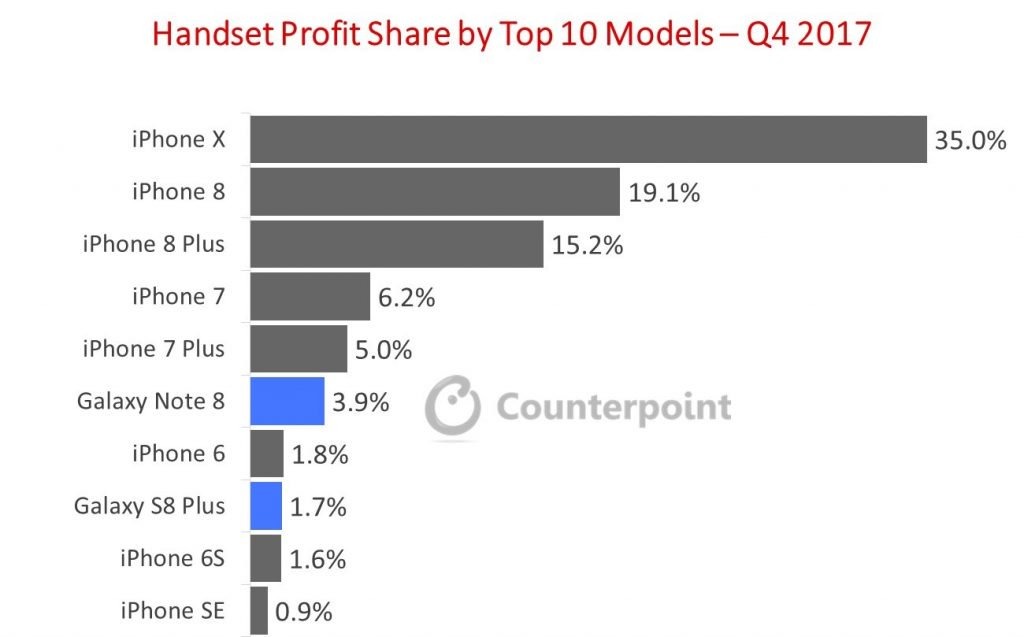



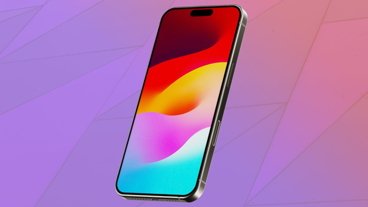
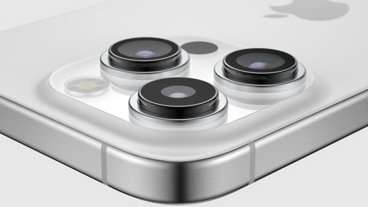


-m.jpg)






 Malcolm Owen
Malcolm Owen
 Amber Neely
Amber Neely
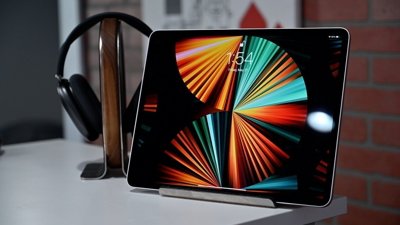

 Christine McKee
Christine McKee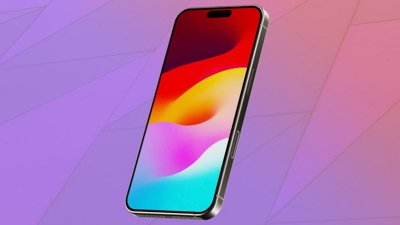

 Chip Loder
Chip Loder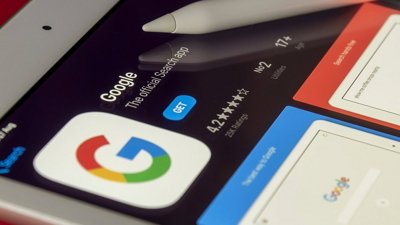
 Marko Zivkovic
Marko Zivkovic

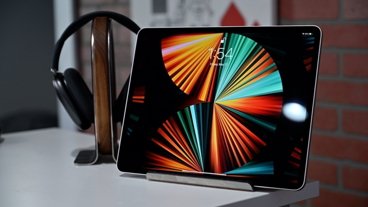







41 Comments
DED should become an analyst. He is consistently right and they are always wrong.
If you want to say the FaceID is causing supplier/price/QC difficulties, I’ll consider it.
But, OLED? I really doubt it. Doing due diligence on LG seems like common sense and just part of the process.
"Display estimates for iPhone 7 and 8 models have suggested an LCD component cost closer to $50. Yet the screens' cost ratio to the entire iPhone BOM was only a few percentage points different. And even a nearly $50 difference component cost for the display would only result in a retail price difference of about twice that much, or around $100 of the final price. " I am sure DED has done the math and I am confident that his statement is correct. But for my own education, can someone help me understand how that conclusion is derived?